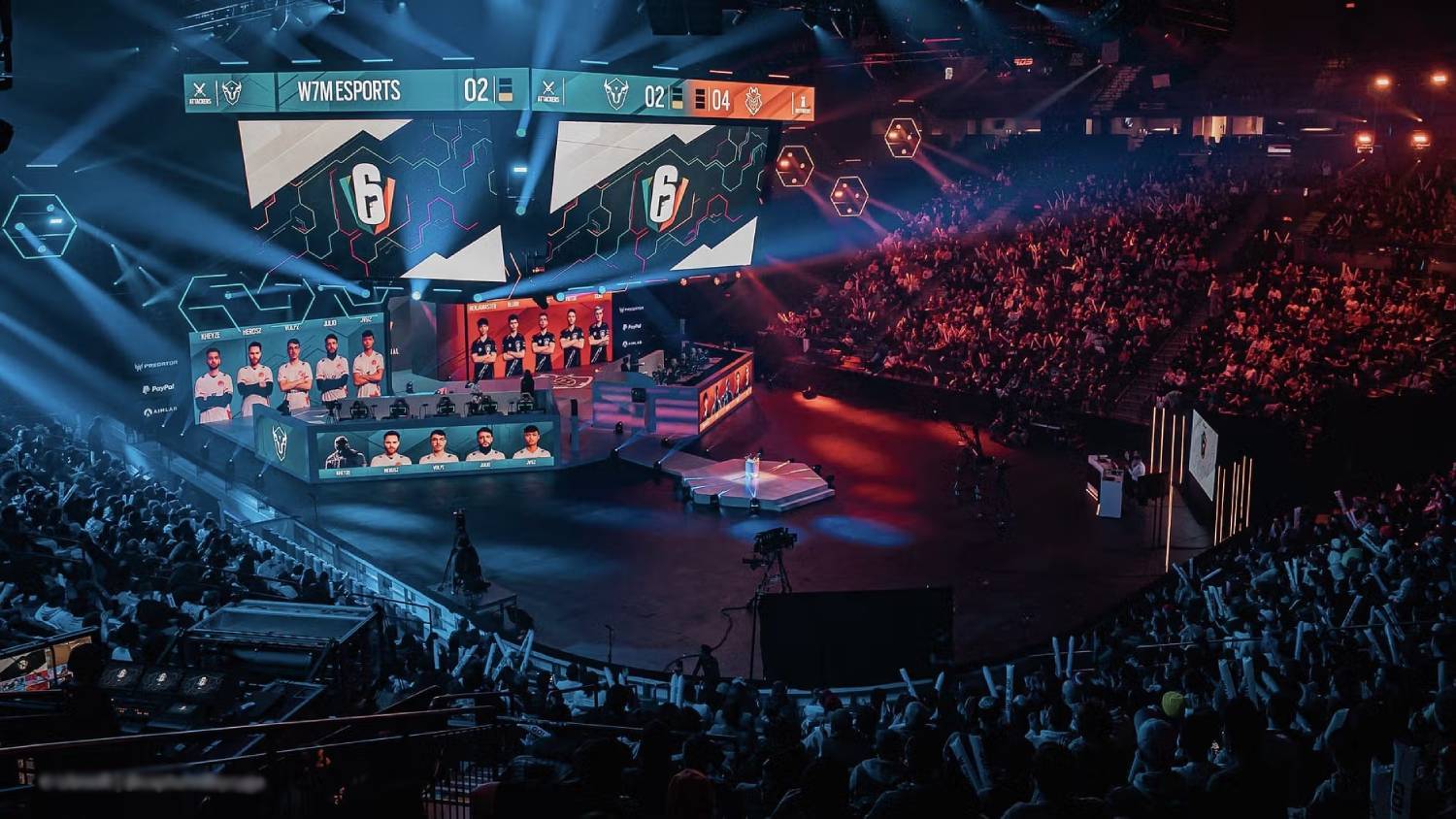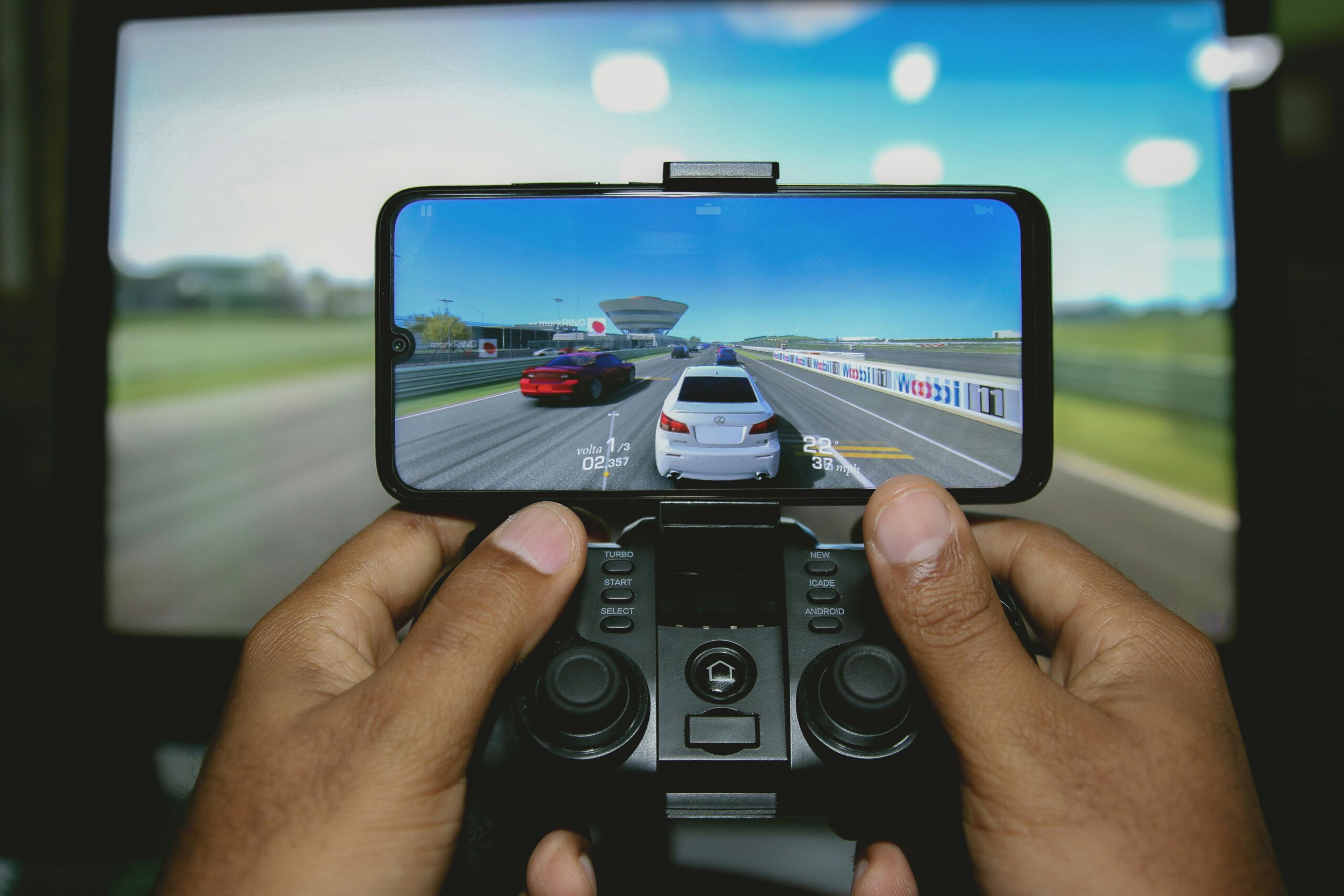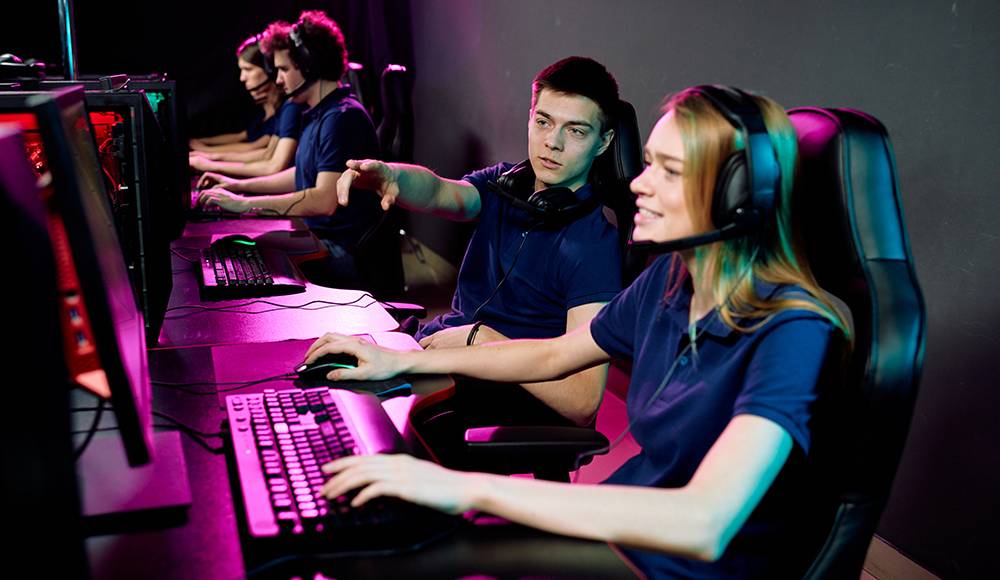
The Evolution of Esports: How Gaming Became a Sport
Esports started as small gaming contests but has now become a multi-billion-dollar industry. It attracts global audiences, features professional leagues, and enjoys mainstream recognition. What used to be a hobby is now a competitive sport. It has sponsorship deals, million-dollar prize pools, and special training facilities. Esports has changed gaming into a career for players, coaches, analysts, and content creators.
Knowing the history of esports shows us how competitive gaming evolved. It started with small arcade tournaments and grew into huge stadium events. The future of professional gaming is bright. Technology, player training, and media coverage are constantly evolving. These advancements are taking esports into new areas. Esports is gaining ground. Major companies keep investing, and mainstream media is more accepting. Soon, esports might rival traditional sports.
The History of Esports
1. The Beginnings: Arcade and Early Competitions (1970s-1990s)
The origins of esports can be traced back to the 1970s and 1980s when arcade games became popular. Some key milestones include:
- 1972: Stanford University hosted the first known video game competition for Spacewar! with a magazine subscription as the prize.
- 1980: Atari’s Space Invaders Championship attracted over 10,000 players, proving gaming’s competitive potential and setting the stage for future tournaments.
- 1990s: Fighting games like Street Fighter II and Mortal Kombat fueled local and national tournaments, while Quake and StarCraft established early online multiplayer competitions, particularly in South Korea.
LAN parties and early online gaming communities started organised competitive gaming. They set the stage for professional esports leagues in the future.
2. The Rise of Online Multiplayer and Pro Gaming (2000s-2010s)
With faster internet speeds and online connectivity, esports entered a new era:
- 2000: The Korean Esports Association (KeSPA) was founded, establishing esports as an official sport in South Korea, with televised competitions and professional teams.
- 2003-2010: Games like Counter-Strike 1.6, Dota, and Warcraft III introduced structured teams, coaching, and professional salaries. Events like the World Cyber Games and Electronic Sports World Cup brought esports to a global audience.
- 2010s: Streaming platforms like Twitch and YouTube Gaming helped esports grow, allowing fans to watch tournaments live and boosting viewership numbers. Prize pools also skyrocketed, with Dota 2’s The International awarding millions of dollars in prize money.
The professionalization of gaming led to players getting sponsorships. Teams built training facilities, and esports became a real career option.
How Competitive Gaming Grew

1. The Role of Streaming and Social Media
Streaming services helped esports grow by making tournaments easier to access. Platforms such as Twitch, YouTube Gaming, and Facebook Gaming let millions of fans track their favourite teams and players.
- Esports tournaments often get more viewers than traditional sports. For example, League of Legends pulls in millions of live viewers.
- Players and teams connect with fans directly. This builds a stronger community through social media and live chats.
- Sponsorships and ad revenue help fund tournaments, player salaries, and team infrastructure.
Streaming has created a new type of esports star. These professional gamers also make content, which helps them reach more fans beyond the competition.
2. Professionalization and Sponsorship Deals
Esports started as small competitions but has grown into a big industry. Now, there are professional teams, training centres, and significant sponsorships. Key factors include:
- Corporate Sponsorships: Brands such as Red Bull, Intel, and Nike sponsor esports teams. They help fund training programs and tournaments.
- Franchise Leagues: Games like Overwatch League and Call of Duty League use franchising. This model is like traditional sports and provides stability and financial support.
- Player Salaries and Contracts: Pro players sign multi-year deals, train full-time, and compete internationally. Their salaries are on par with traditional athletes.
3. Expansion into Mainstream Media
Esports is no longer confined to online streaming. Traditional sports networks like ESPN and BBC have shown big gaming tournaments. This helps esports reach a wider audience. Competitive gaming has also been featured in:
- The Olympic Virtual Series, which tested esports integration into the Olympic Games.
- Documentaries and TV shows that showcase the dedication and training of esports players.
- Universities and high schools now offer esports scholarships and degrees. This makes gaming a real career option.
The Future of Professional Gaming

1. Growth of Mobile Esports
With smartphones becoming more powerful, mobile esports is expanding rapidly:
- PUBG Mobile, Free Fire, and Mobile Legends lead mobile esports leagues. They have millions of players.
- More countries are putting money into mobile gaming tournaments. This is happening because hardware costs are lower. So, esports are becoming easier for more people to access.
- Streaming platforms are adding mobile gaming to draw in more viewers. Mobile esports are now competing with PC and console tournaments for audience size.
2. AI and Data Analytics in Esports
Artificial Intelligence is playing a bigger role in professional gaming:
- AI-powered coaching tools help teams analyse gameplay strategies and improve decision-making.
- Predictive analytics enhance scouting and track player performance. This helps teams create strategies based on data.
- Machine learning helps spot cheating and enforce fair play. This keeps competitive gaming fair for everyone.
3. VR and AR Esports
The next evolution of esports may involve virtual and augmented reality:
- VR esports leagues are emerging, with games like Echo VR and Beat Saber leading the way in motion-based competitive gaming.
- AR-enhanced tournaments can mix real-world movement with digital gameplay. This makes esports more engaging and physically active.
- Motion-based esports could change gaming by making it more active and focused on fitness.
4. Inclusion in the Olympics and Traditional Sports
As esports gains legitimacy, discussions about its place in the Olympics continue:
- Some nations recognise esports as an official sport with government funding.
- Esports federations are uniting to create common rules and anti-doping regulations. This aims to keep the competition fair and uphold integrity.
- Including competitive gaming in major sporting events would boost its status as a global sport. It would also help people accept it more widely.
Esports: From Pixels to Podiums – The Rise of Gaming as a Global Sport

Esports began small but has grown into a huge industry. Today, millions of players and fans enjoy competitive gaming around the world. The future of professional gaming holds many possibilities. This includes mobile growth, AI coaching, and VR competitions. Esports is set to thrive for decades. This is due to larger audiences, new technology, and wider acceptance.
Esports is growing fast. It’s more than just fun; it’s a global force changing how we see sports and competition. Esports is now a billion-dollar industry. This growth comes from corporate investments, tech advances, and higher player salaries. It’s no longer a niche and will keep growing.
How do you see the future of esports evolving? Will it become more popular than traditional sports? Or will both industries keep growing together?


